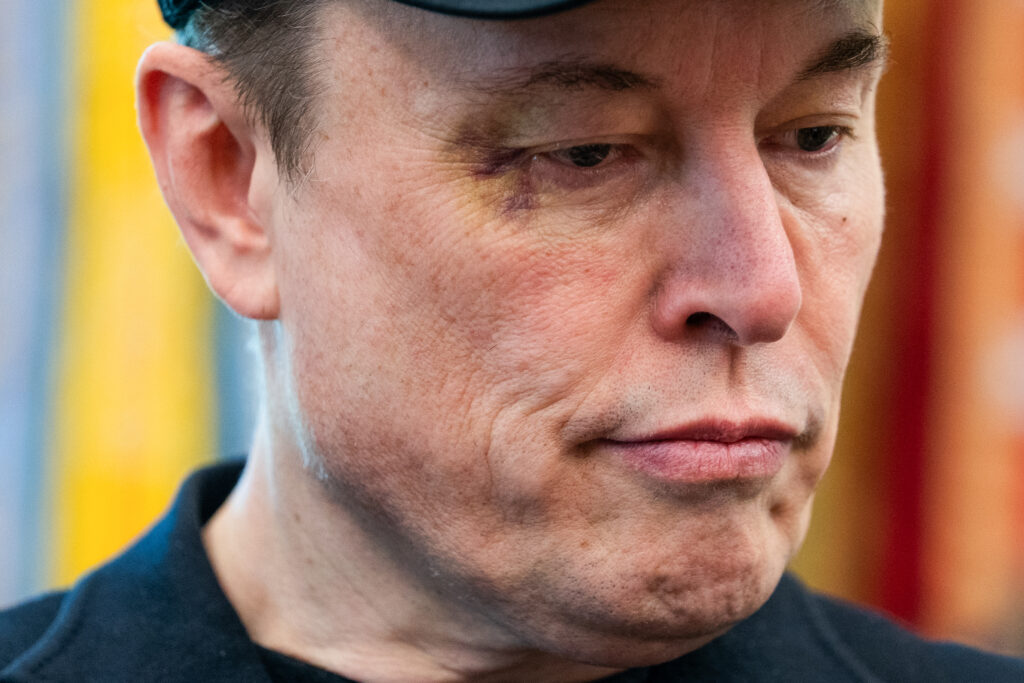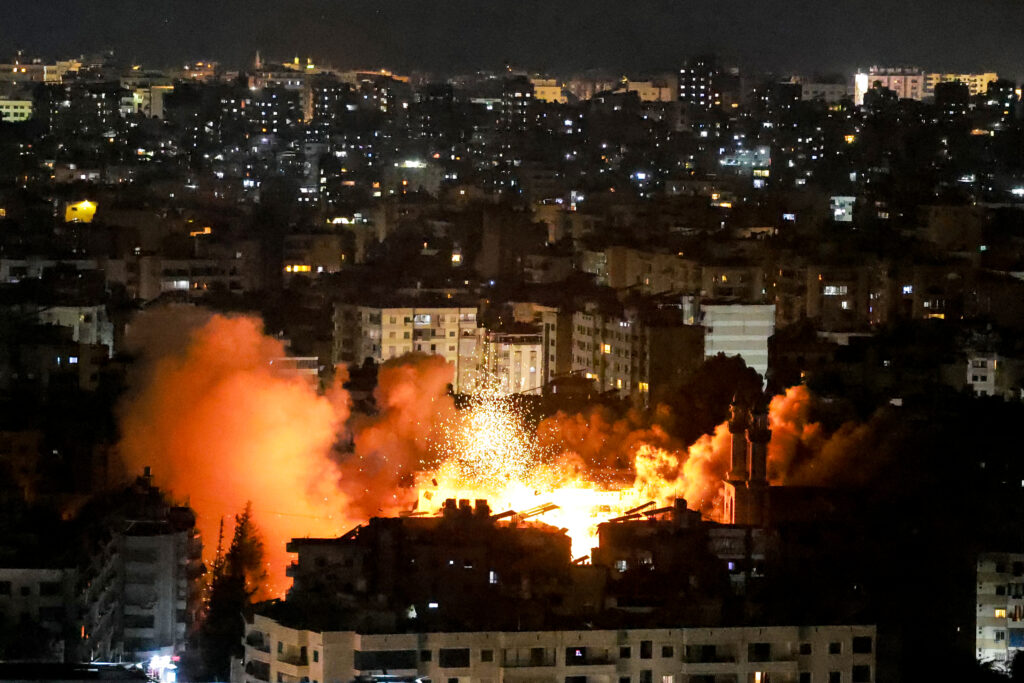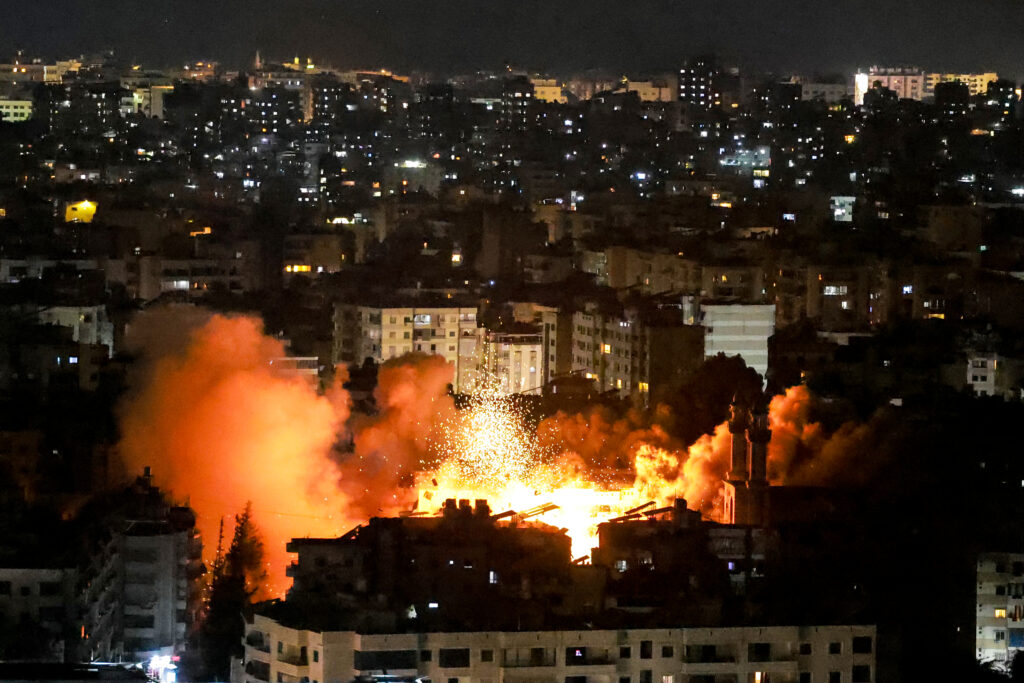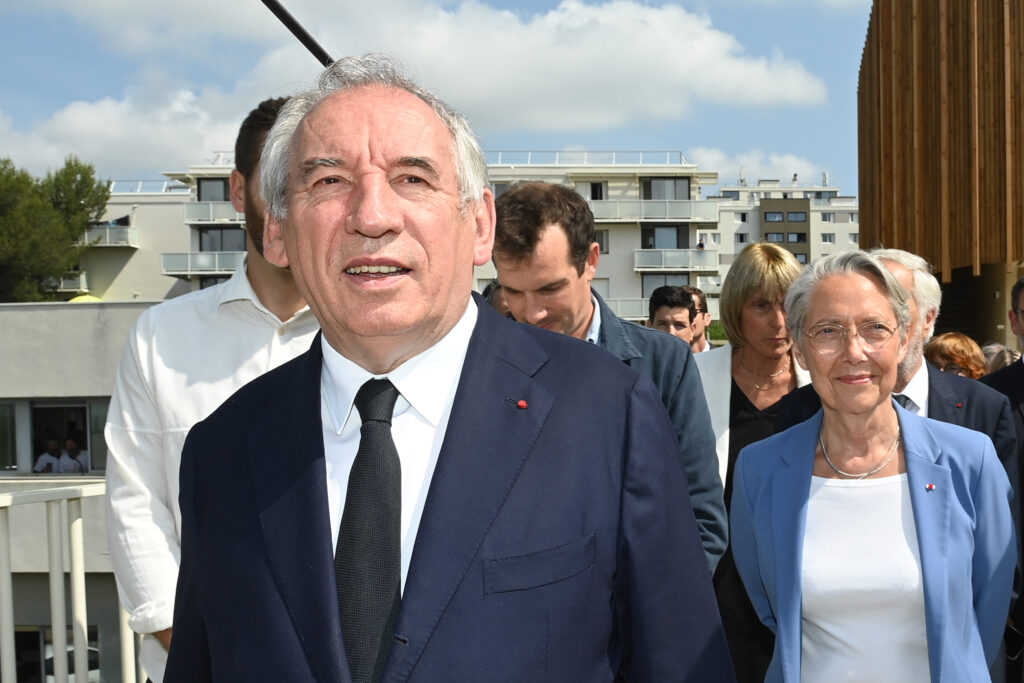TV: chamboulement effectif sur les télécommandes et coup d’envoi imminent de T18
Les téléspectateurs vont devoir s’habituer, après ce bingo des chaînes: plusieurs ont changé de numéro dans la nuit de jeudi à vendredi, dont celles d’info qui ont été regroupées, et une nouvelle va être lancée dans la soirée, T18.Cette petite révolution sur la TNT (télévision numérique terrestre) est inédite depuis vingt ans. La grande majorité des téléviseurs a effectué automatiquement la mise à jour dans la nuit ou la propose à l’allumage. Dans de rares cas, il faut procéder manuellement à une recherche automatique.Le seul retard a été observé chez Free, où le basculement n’a pas eu lieu instantanément, contrairement aux autres opérateurs, mais plus tard dans la journée.Ce bouleversement sur la zapette découle de l’arrêt fin février des chaînes C8 et NRJ12. Cela a ouvert la possibilité d’une remise en ordre plus logique des canaux, décidée par l’Arcom, le régulateur de l’audiovisuel.Les chaînes “historiques” (TF1, France 2, France 3, France 5, M6…) ne sont pas touchées.La modification la plus notable est la constitution d’un bloc info. Les leaders BFMTV et CNews, jusqu’alors numéros 15 et 16, avancent en 13 et 14. LCI (canal 26) et franceinfo (27) s’installent en 15 et 16.”Ce qui nous a motivés, c’est la lisibilité et le pluralisme”, a justifié le président de l’Arcom, Martin Ajdari, vendredi sur franceinfo.Une concurrence accrue se profile, au grand dam de BFMTV qui perd sa position établie et a déjà été détrônée l’année dernière en audience par CNews. “BFMTV retrouvera son leadership, j’en suis convaincu”, a assuré son directeur général, Fabien Namias, au Figaro. Une cinquantaine de départs de journalistes ont été enregistrés depuis octobre. Ce bloc info est permis par le bond au numéro 8 des chaînes publiques LCP et Public Sénat, qui se partageaient le canal 13.Et France 4, chaîne jeunesse et culturelle de France Télévisions, quitte le 14 pour remplacer Canal+ sur le 4. Ainsi France 2, France 3, France 4 et France 5 se suivent désormais.- Audiences scrutées -Le canal 4 a été libéré par le groupe Canal+, qui a retiré ses quatre chaînes payantes de la TNT (Canal+, Canal+ Cinéma, Canal+ Sport, Planète), en réaction notamment au non-renouvellement de la fréquence de sa chaîne C8.Ce départ va permettre au groupe de “faire des économies” de quelque 20 millions d’euros par an en supprimant les coûts techniques de diffusion, ont indiqué son président, Maxime Saada, et sa directrice financière, Amandine Ferré, lors de son assemblée générale dans la matinée à Paris.Enfin, Gulli, la chaîne pour enfants du groupe M6, troque le numéro 18 contre le 12, laissé vacant par NRJ12.En décembre, l’Arcom avait écarté C8 et NRJ12 de la TNT et sélectionné deux nouvelles chaînes: l’une créée par le groupe CMI France, du milliardaire tchèque Daniel Kretinsky, l’autre par le groupe régional Ouest-France.La première, baptisée T18, sera lancée en fanfare à 19H45 sur le canal 18, avec l’ex-star de France 2 Laurent Ruquier qui présentera la grille. La nouvelle chaîne, qui diffuse pour l’heure des extraits de films et documentaires avec un compte-à-rebours, promet d’être “la télé qui s’amuse à réfléchir”. La seconde, NOVO19, arrivera le 1er septembre sur le canal 19.Ce changement général constitue une première depuis la création de la TNT en 2005 car, jusque-là, les derniers arrivés prenaient les derniers numéros.La numérotation reste un enjeu capital, malgré un visionnage croissant via les plateformes des chaînes. Être dans les premiers est considéré comme un avantage: plus un numéro est bas, plus vite on tombe dessus, de nombreux téléspectateurs faisant défiler les chaînes au lieu de taper le numéro souhaité. Les premières vagues d’audiences seront donc scrutées de près.C8, où officiait l’animateur controversé Cyril Hanouna, ainsi que NRJ12, ont contesté leur exclusion devant le Conseil d’État, en vain. Propriété du groupe Canal+, dans le giron du milliardaire conservateur Vincent Bolloré, C8 avait cumulé 7,6 millions d’euros d’amende en raison des dérapages du présentateur de l’émission TPMP. Cyril Hanouna animera à partir du 1er septembre deux nouvelles quotidiennes, “Tout beau tout 9” sur W9 et “Tout beau tout Fun” sur Fun Radio, deux médias du groupe M6.reb-ls-pr-ac/pel/sla








